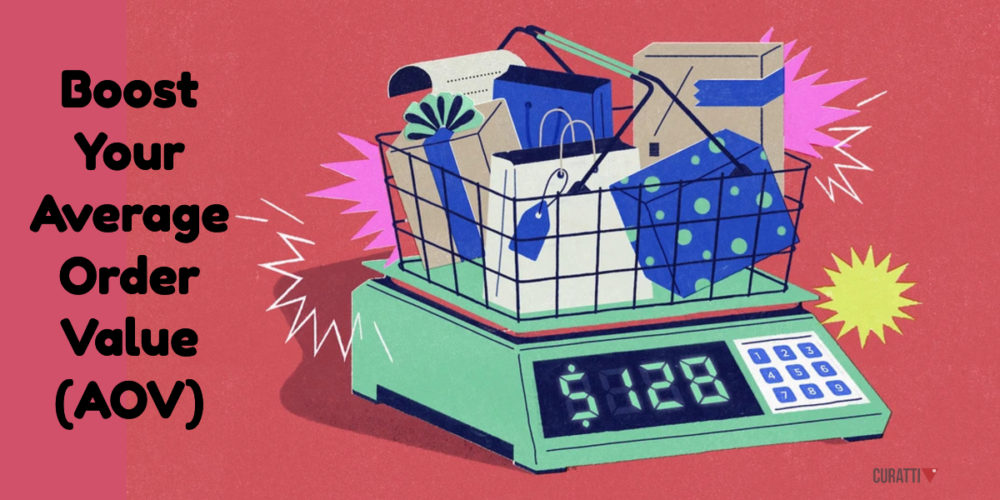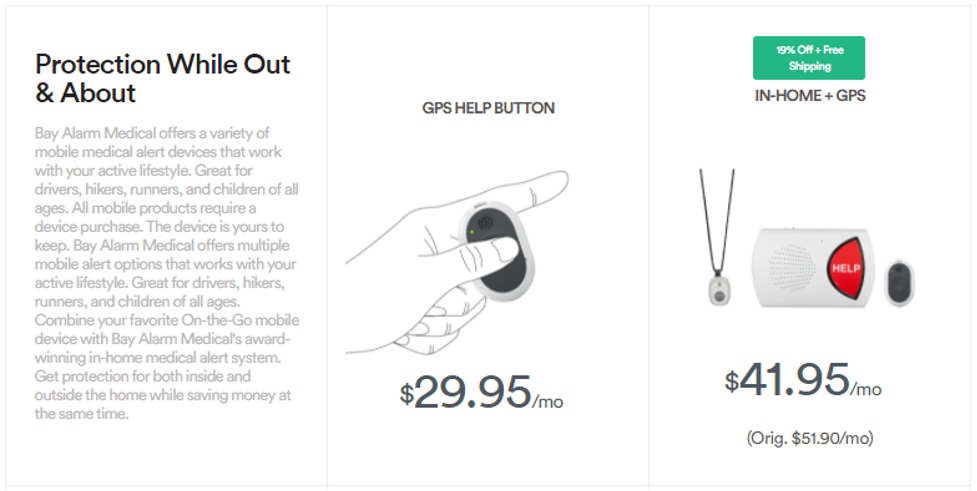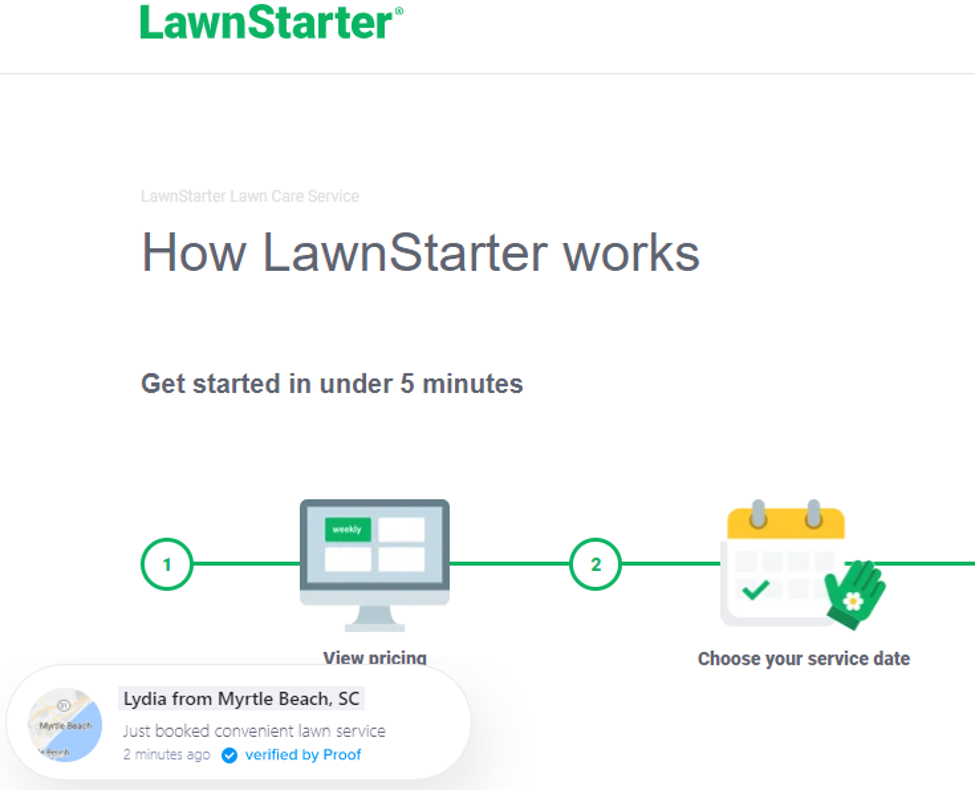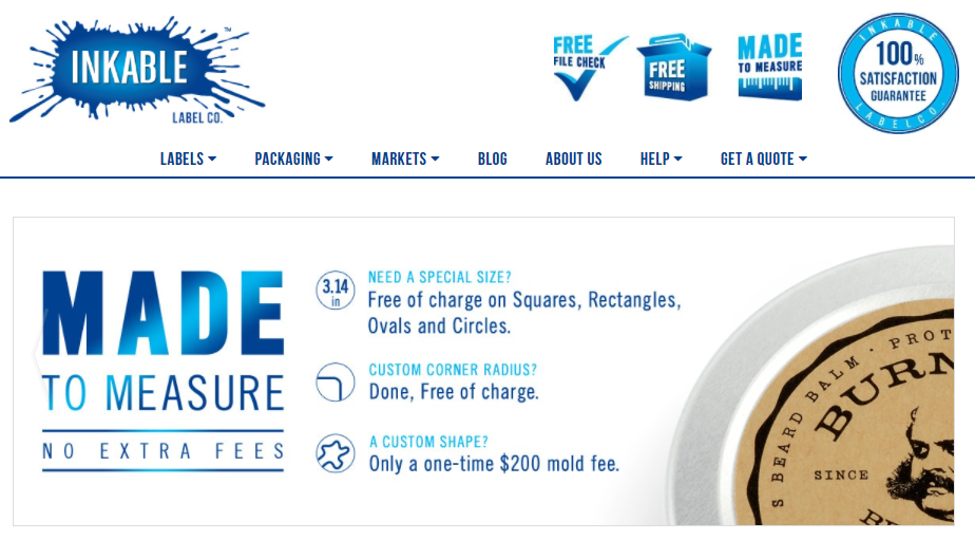5 Tips on Boosting Your Business’ Average Order Value

Average order value (AOV) is an often-overlooked metric in the digital business world.
Marketers tend to focus on promoting frictionless conversions (CR) and customer loyalty (CLV) while forgetting about the enormous impact a 15% bump in AOV can have on a company’s bottom line.
And the strange thing is, boosting AOV doesn’t call for a degree in nuclear physics. The tips we’ll be discussing in this article are straightforward and easy to implement.
Let’s take a look at how your business can see a generous spike in profits by increasing the average number of dollars each of your customers spend.
Simplify Order Customization
If it’s difficult for customers to configure their orders or see how an order tweak impacts the price, you might be missing out on higher-order values.
Many online retailers allow customers to fine-tune their orders to a very low level of detail. This process often adds to the order value since choosing a higher quality material or a specific design has a higher price.
However, if your website’s order customization process is cumbersome, you may find that customers are reluctant to add the extras that would increase the order value.
Let’s take a look at an e-commerce website that absolutely nails order customization. Mixam’s quote feature is a thing of beauty.
Not only does the printing specialist offer more customization options than you can shake a stick at, but the functionality that enables shoppers to add extra features (and extra dollars) to their order is incredibly easy, and even fun, to use.
This approach is an excellent way to encourage shoppers to tweak their orders and add optional, higher-cost extras.

Source: Mixam.com
Sell Exceptional Value with Product Bundles
When aiming for an improved AOV, “perception of value” is extremely important. Customers want to know that they’re getting something exceptional for the extra 30% they’re spending on their order.
A great way of communicating value in this way involves two integrated tactics: bundling and price anchoring.
A product bundle is essentially a contrived cross-sell. Two or more complementary products are sold together for a price that appears lower than the total of the items’ individual costs.
To make a bundle work, it’s essential that you make the relationship between the individual products obvious to the shopper since this greatly increases the order’s perception of value.
They’re shopping for something that’s going to solve a specific problem. By spending a little more, they’re getting not one, but two (or more) items that work together to improve their lives – at a price that’s lower than if they’d bought each item separately!
You may also want to read: So, You Want to Add eCommerce? A Guide
The second part of this tip is price anchoring. This is the practice of establishing a base price point that helps the shopper see how much they’d be saving by choosing the bundle.
You can do this by placing the bundle next to the most expensive item from the “discounted” product combo. Even though the bundle is more expensive, the perceived value is significantly higher.
Let’s take a look at Bay Alarm Medical as an example. On the website’s pricing page, the GPS Help Button product is placed next to the In-Home GPS bundle.
The GPS Button’s price acts as an anchor, establishing a base price that makes the bundle seem like exceptionally good value. For a mere 40% increase in their monthly subscription price, shoppers get two additional items that help keep them safe in their homes.

Source: Bayalarmmedical.com
Offer Credible Social Proof
In a case study published by ProveSource, Australian video game retailer, The Gamesmen, reported an astonishing 15% increase in AOV after investing in a social proofing campaign.
By giving customers a reason to trust their brand and their products, The Gamesmen saw a significant boost in their revenue.
The link between credibility and conversion has long been established, but the notion that it also influences the size of an order is a relatively novel one.
How does a retailer go about creating credible social proof?
Well, there are several ways. Those that have become best practice can all be trusted to make prospective customers more comfortable with the idea of doing business with you.
Let’s take a look at some of the most common forms of social proof in the world of online retail.
Live conversions show visitors a pop-up whenever a sale occurs. These pop-ups typically contain the customer’s name, address, and the product they purchase. Here’s an example from LawnStarter.

Source: Lawnstarter.com
Product reviews are becoming increasingly content-heavy and complex. Nowadays, your standard eCommerce product page boasts a large content section devoted entirely to feedback from verified customers.
Gone are the days of simple one-sentence reviews from anonymous users, as illustrated by Sephora. The cosmetics retailer’s reviews include the customer’s name, location, skin type, their detailed opinion on the product, a star rating, as well as other customers’ thoughts on their review.
Brand testimonials are similar to product reviews. However, they tend to focus more on the general experience of doing business with the brand, rather than their feelings about a particular product.
Sites like Homestead Supplier use testimonials to make first-time customers aware that they take support and after-sales service seriously. These testimonials also let shoppers know that they can trust the brand’s marketing promises.
You may also want to read: Best Blockchain-based Decentralized Social Media Networks

Source: Homesteadsupplier.com
Offer Custom Subscription Pricing
SaaS companies face an interesting challenge when strategizing their subscription-tier prices.
The way that most recurring revenue price points are designed means that there’s an upper limit imposed on their monthly “order value.”
Even when certain customers grow to a point where they can afford to pay a larger subscription amount, they seldom will because all their needs are met by the company’s most expensive price tier.
In these cases, the customer is locked into a price point that doesn’t grow with them. That’s excellent for the customer, but not ideal for the service provider who wants to take advantage of their customer’s success.
How do SaaS companies overcome this issue to increase their order values?
Let’s take a look at how Finli tackled it.
The financial services company opted to impose a limit on the number of customers their subscribers can serve, even those that chose the most expensive pricing option.
Once a subscriber needs to load more than 350 customers onto the Finli platform, they need to engage with the Finli sales team to discuss a customized solution.
This approach to pricing means that Finli’s monthly order value grows as their subscribers acquire more customers and become more profitable.

Source: Finli.com
Highlight What Your Customers Get for Free
If your pricing model has been designed so that you can offer certain value-added services for free, you need to make absolutely sure that your customers know.
Don’t hide your willingness to give your customers something valuable at no cost. This is a highly effective method of acquiring new customers as well as boosting your AOV.
When some shoppers have, in the back of their minds, the knowledge that they’re not going to be charged for certain items in their purchase, their appetite for spending can be larger.
So broadcast these savings early and without ambiguity.
Take a leaf from Inkable Label’s book and insert these messages into the homepage header image. The label printers have no hesitation in letting their visitors know that many of the services their competitors charge for, they do for free.

Source: Inkablelabel.com
Wrapping Up
The key to boosting your company’s AOV is to think about the transaction from a customer’s perspective. This means putting yourself in the position of someone who is keen to do business but cautious with spending.
As you consider these (and other) AOV-boosting tactics, think about your typical customer. What is it that would make them comfortable with spending a little more?
Every single approach to this objective must be critically analyzed from the customer’s perspective.
So, make sure that you have a solid understanding of your business’ typical buyer personas. Understand what would motivate each of these personas to spend a little more money per purchase, and give them the reasons to do so.
Sign Up For Our Mailing List
If you’d like to receive more in-depth articles, videos, and Infographics in your inbox, please sign up below.

Sign up for the newest articles from Curatti, delivered straight to your inbox
Featured image: https://www.shopify.com/blog/average-order-value
Latest posts by Travis Jamison (see all)
- How to Avoid the Most Common Product Page Design Mistakes - August 22, 2023
- Call To Action Best Practices for Improved Conversion Rates - May 2, 2023
- 8 Common Homepage Design Mistakes and How to Avoid Them - February 21, 2023
